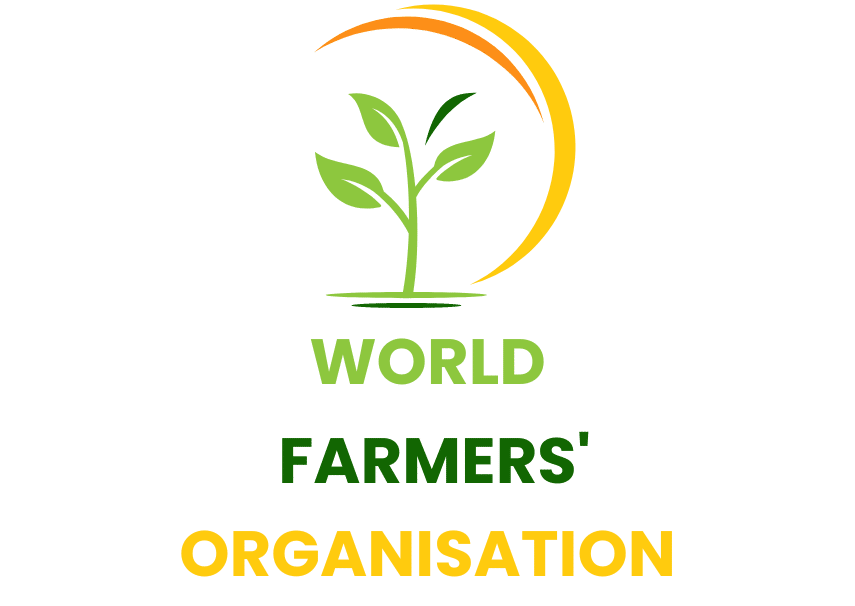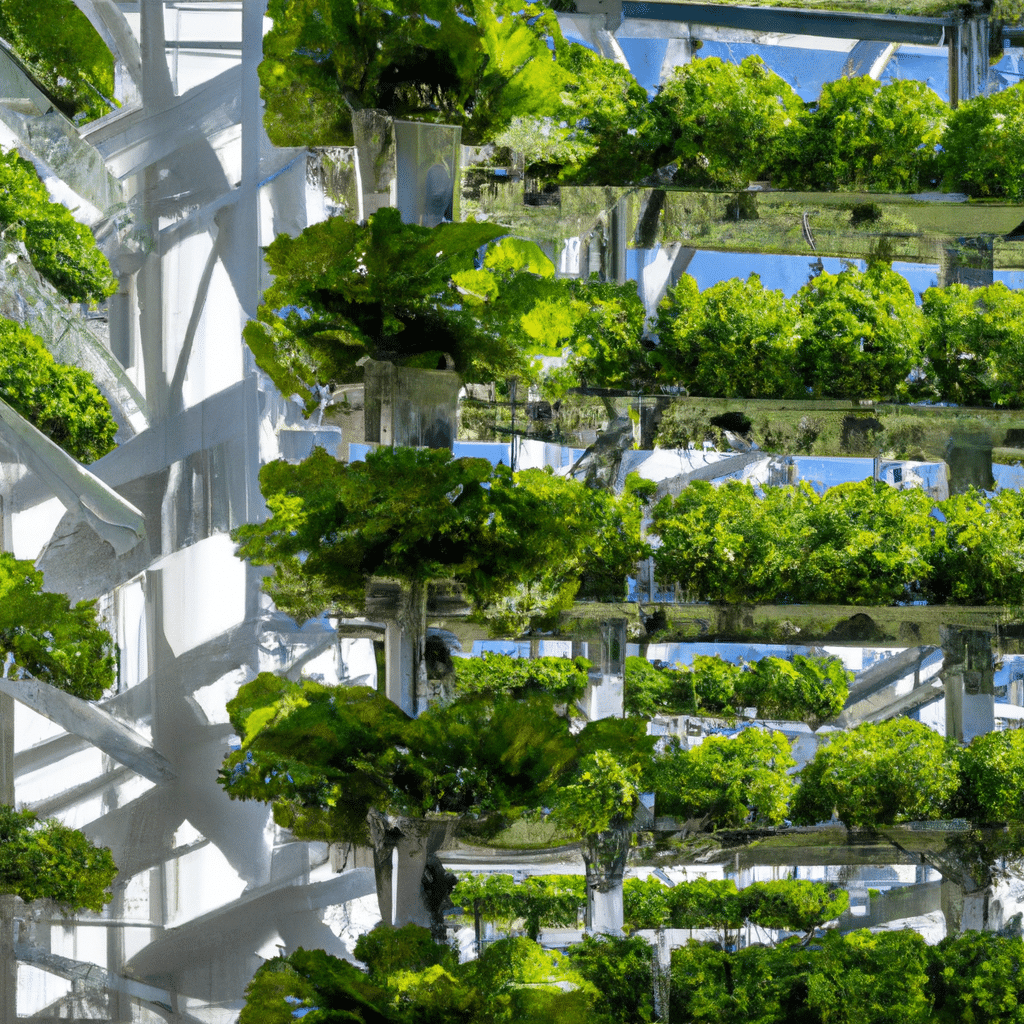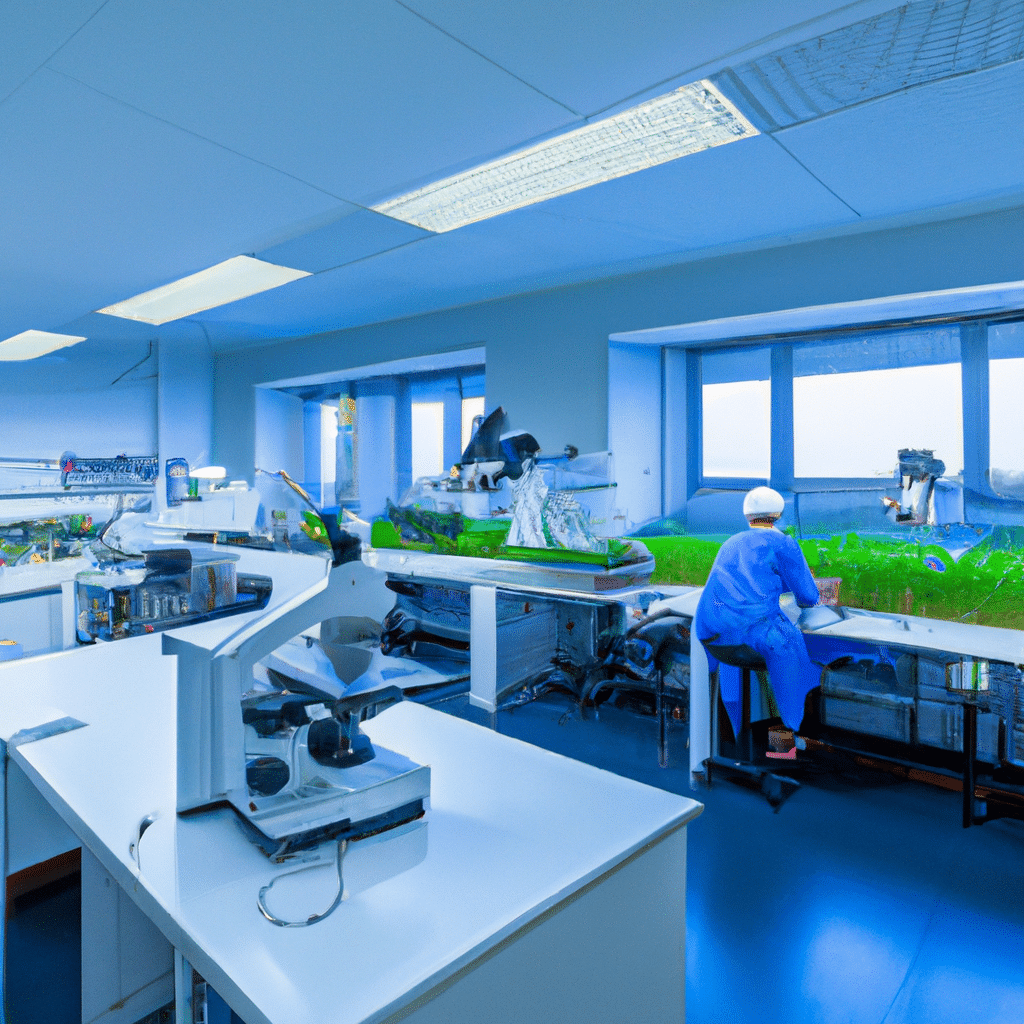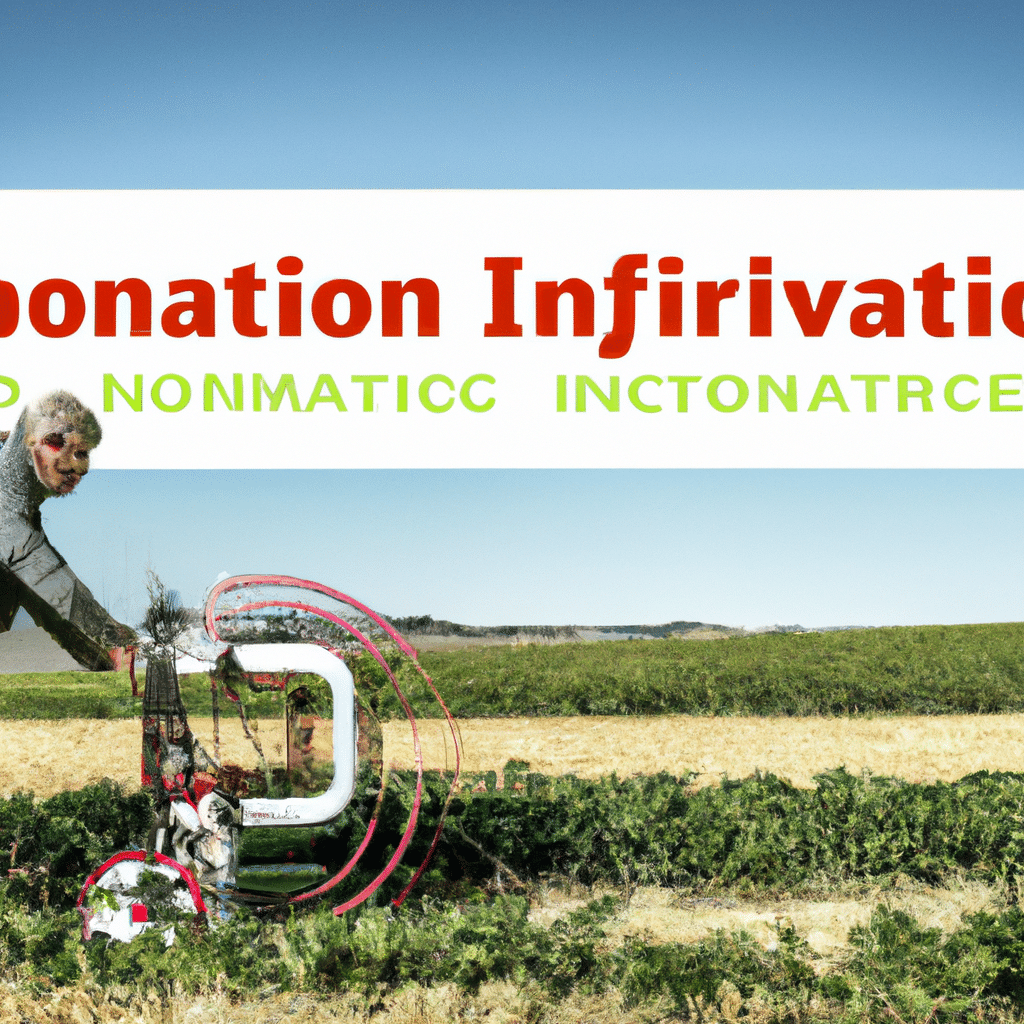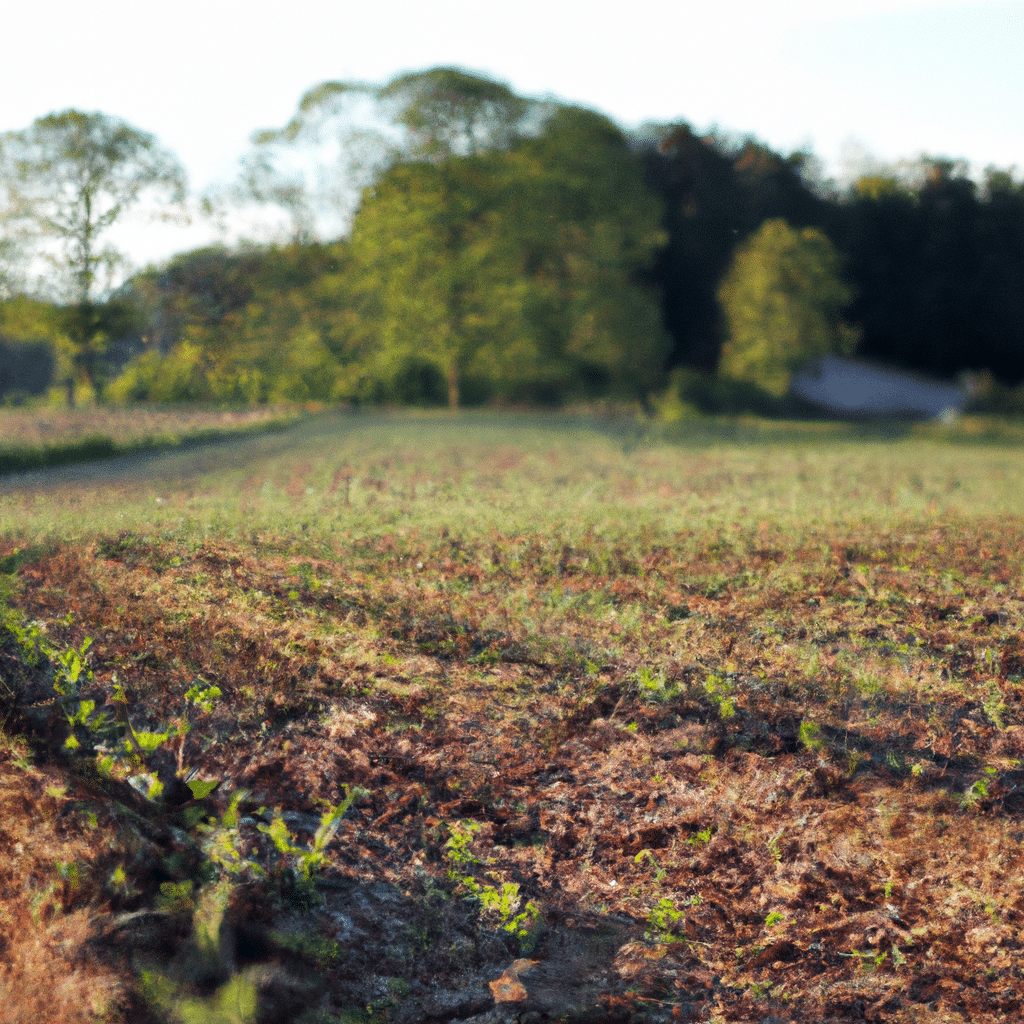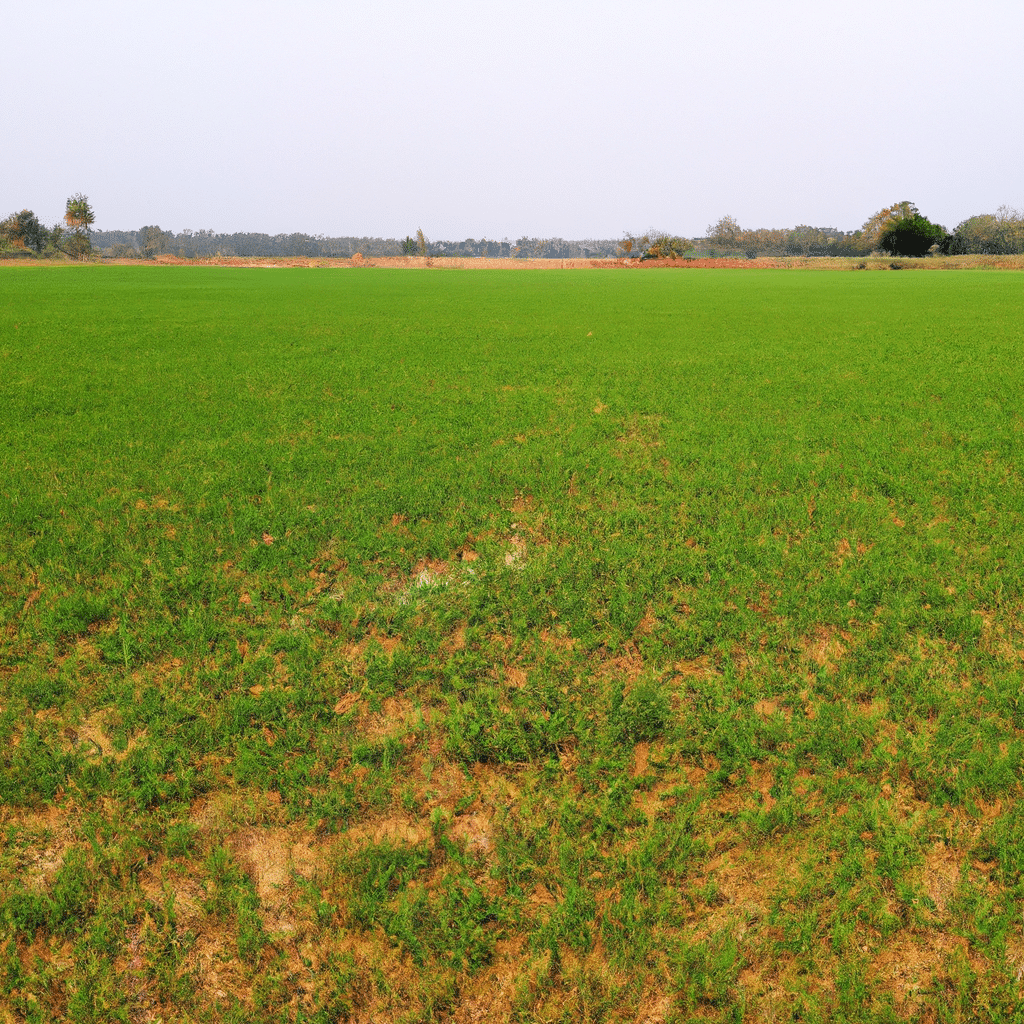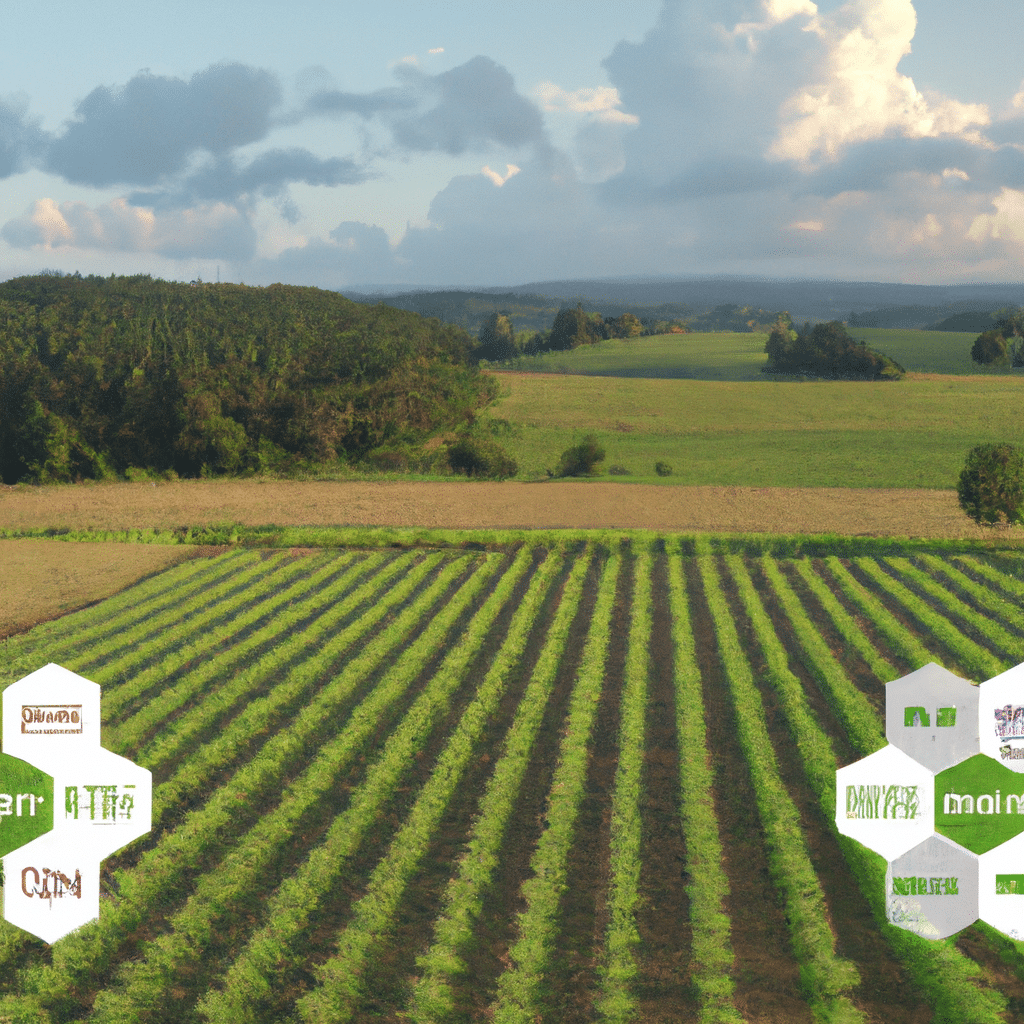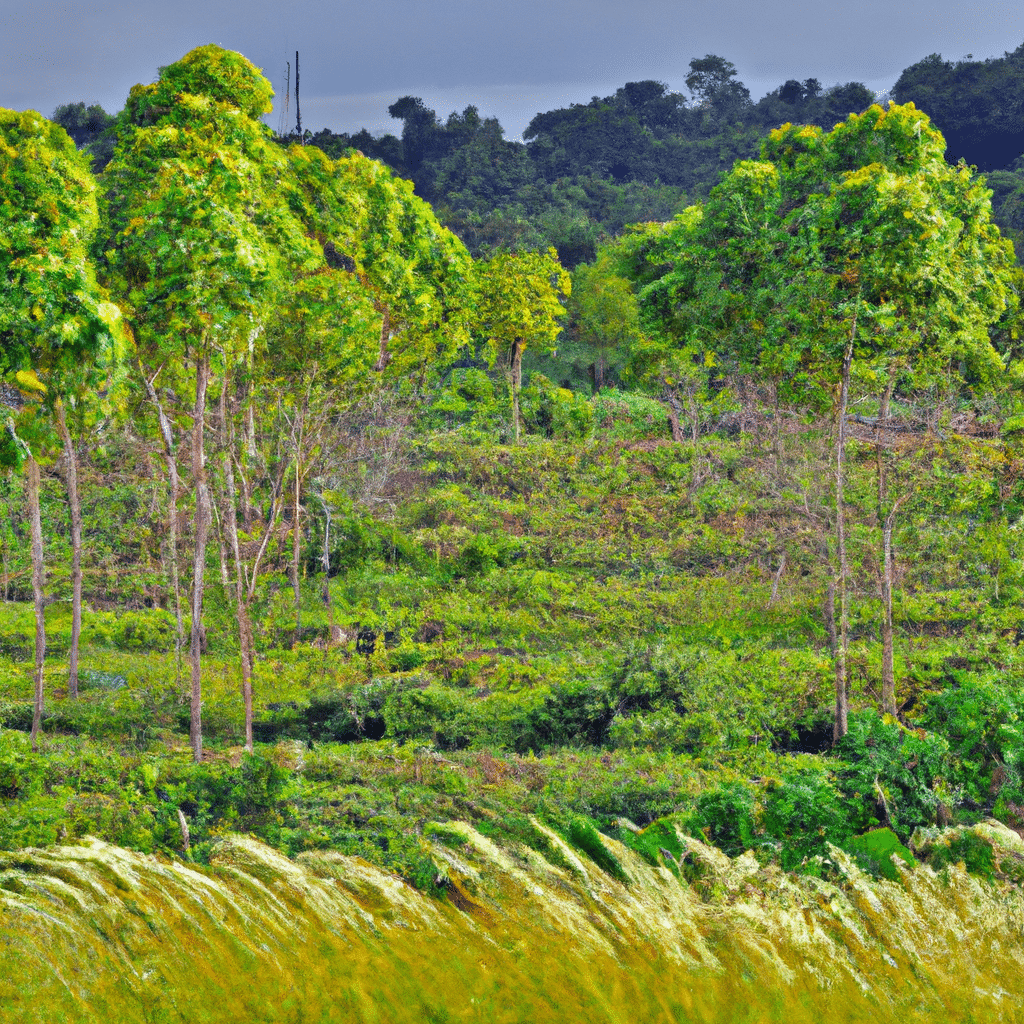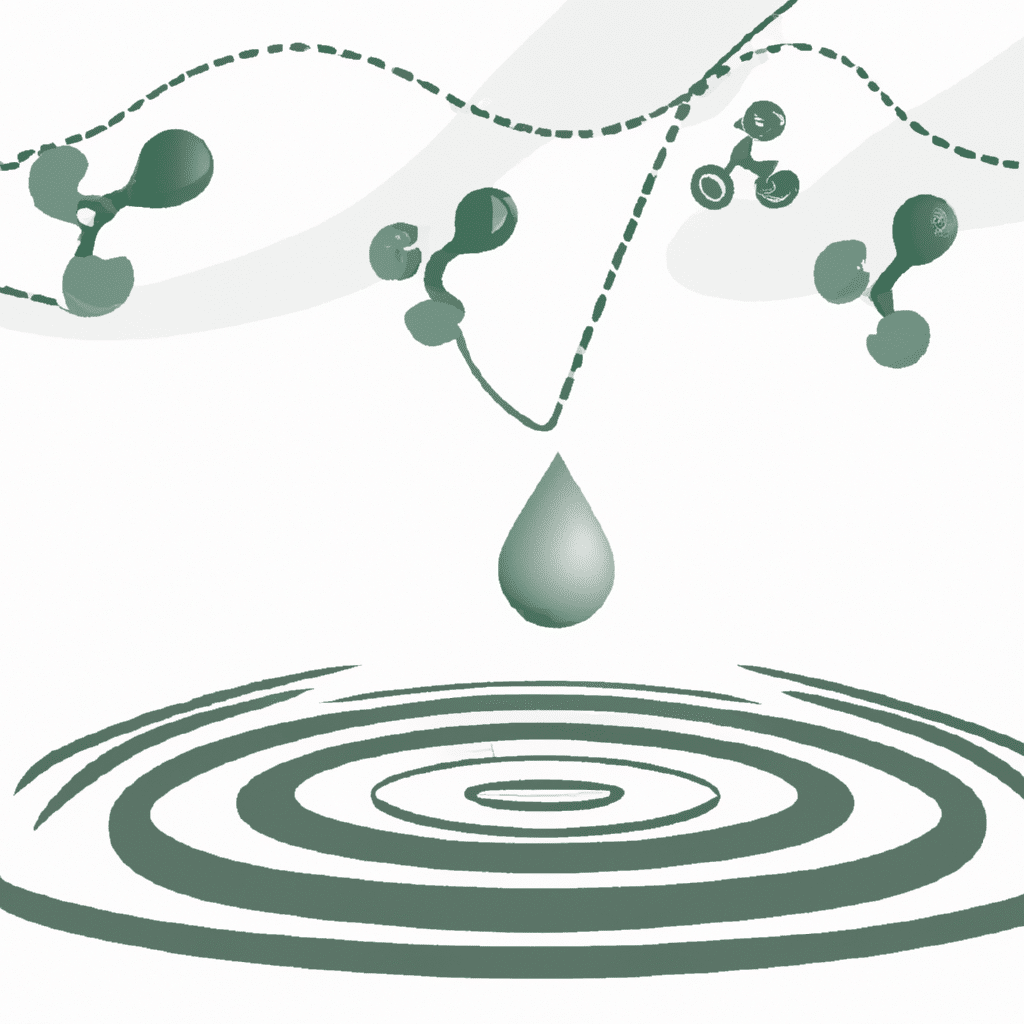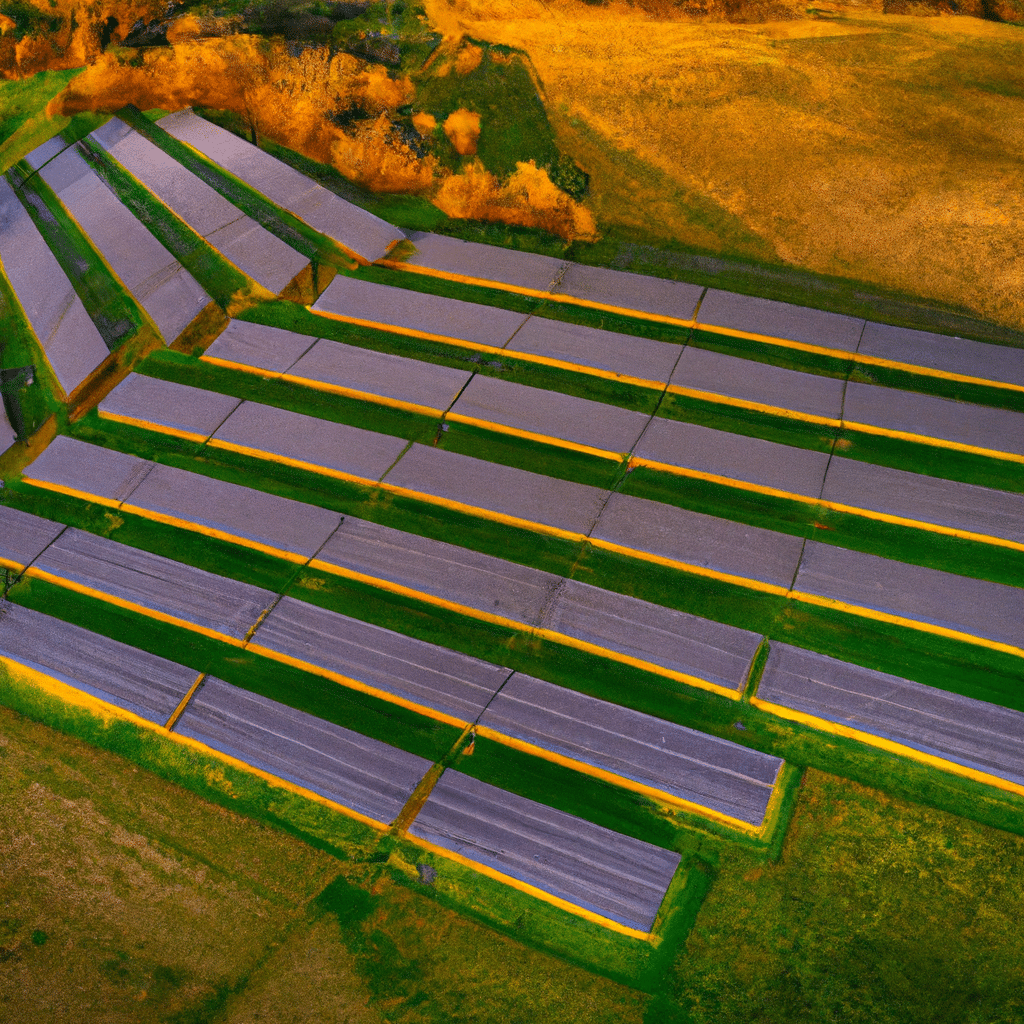In today’s rapidly changing world, the importance of sustainable agriculture cannot be overstated. As we face challenges such as climate change, depleting natural resources, and food insecurity, it is crucial that we come together as a global community to find solutions that ensure the long-term viability of our food systems. This article delves into the role of collective action in sustainable agriculture and how it can pave the way for a greener future.
The Power of Collective Action
Collective action refers to the collaborative efforts of individuals, communities, organizations, and governments working towards a common goal. When it comes to sustainable agriculture, collective action plays a vital role in driving positive change at various levels.
1. Local Communities Taking Charge
At the grassroots level, local communities have the power to initiate and drive sustainable agricultural practices. By coming together, they can establish community gardens, support local farmers, and promote organic farming methods. These collective efforts not only contribute to the overall sustainability of agriculture but also foster a sense of community and food security.
2. Collaborative Research and Development
In the realm of sustainable agriculture, research and development play a crucial role in driving innovation. Collective action brings together scientists, researchers, and experts from various fields to collaborate and share knowledge. By pooling resources and expertise, they can develop sustainable farming techniques, improve crop yields, and mitigate environmental impact.
3. Policy and Advocacy
Collective action extends beyond the local level and encompasses regional, national, and even international efforts. Through advocacy and lobbying, organizations and activists can influence policies and regulations that promote sustainable agricultural practices. By working together, they can amplify their voices and enact meaningful change on a larger scale.
The Benefits of Collective Action in Sustainable Agriculture
Embracing collective action in sustainable agriculture brings forth a multitude of benefits that go beyond individual efforts. Let’s explore some of these advantages:
1. Knowledge Sharing and Learning
Collective action facilitates the exchange of ideas, best practices, and experiences among different stakeholders. Farmers can learn from one another, adopt successful techniques, and overcome common challenges. This knowledge sharing fosters continuous improvement and empowers individuals to make informed decisions for sustainable farming.
2. Resource Efficiency
By pooling resources, collective action optimizes the use of land, water, and energy in agriculture. Shared infrastructure and equipment can reduce costs and waste, making sustainable practices more accessible to farmers. Furthermore, collective buying and marketing initiatives enable farmers to negotiate better prices and reach wider markets.
3. Strengthening Resilience
In a changing climate, building resilience is crucial for the sustainability of agriculture. Collective action allows farmers to diversify their crops, share climate data, and collectively respond to climate-related challenges. By working together, they can develop adaptive strategies that mitigate risks and ensure the long-term viability of their livelihoods.
4. Social and Economic Benefits
Collective action in sustainable agriculture fosters social cohesion and economic development. By supporting local farmers and businesses, communities can create sustainable livelihoods and reduce poverty. Additionally, initiatives such as farmers’ markets and community-supported agriculture strengthen the bond between producers and consumers, promoting healthy and sustainable food systems.
Overcoming Challenges and Moving Forward
While collective action holds immense potential, it is not without its challenges. Overcoming these obstacles is crucial to realizing the full impact of collective efforts in sustainable agriculture.
1. Building Trust and Collaboration
Effective collective action requires trust, collaboration, and shared goals among stakeholders. Building strong partnerships and fostering open communication is essential in overcoming differences and working towards a common vision. This can be achieved through regular meetings, workshops, and the establishment of clear guidelines for decision-making.
2. Ensuring Inclusivity
Inclusive collective action means involving all relevant stakeholders, including small-scale farmers, indigenous communities, women, and youth. Recognizing and valuing diverse perspectives and knowledge systems can lead to more holistic and sustainable solutions. Efforts should be made to create platforms that promote inclusivity and empower marginalized groups.
3. Scaling Up and Replicating Success
Successful collective action initiatives need to be scaled up and replicated in different contexts. This requires sharing success stories, documenting best practices, and providing support to interested communities. Knowledge transfer and capacity-building programs can help expand the impact of collective action beyond individual communities or regions.
Conclusion
Collective action is a powerful tool in driving sustainable agriculture and shaping a greener future. By coming together, we can harness the collective wisdom, resources, and efforts of individuals, communities, organizations, and governments to address the pressing challenges we face. Through knowledge sharing, resource optimization, and collaborative decision-making, we can pave the way for a more sustainable and resilient food system. Let us unite for a greener future and embrace collective action as a catalyst for change.
